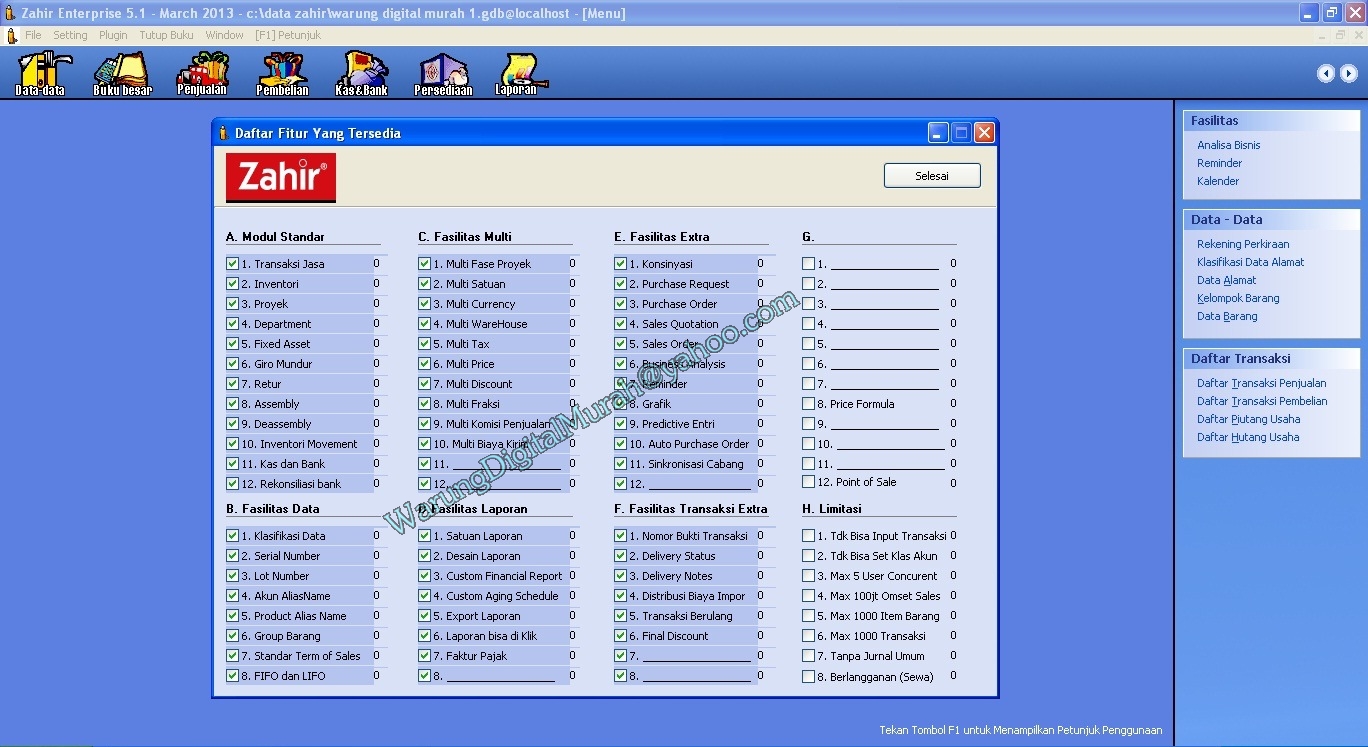

Now the local YUM repository creation process will begin. # createrepo -v /var/ftp/pub/localyumserver

Enter the following command in the Terminal: baseurl => Path of the Repository (i.e where we had copied the contents from CentOS DVD) gpgcheck => Authentication of the Repository, which is disabled in our case. comment => Information about the Repository. Type the following entries and save the file (CTRL+O to save and CTRL+X to exit):

After all packages are copied, create a repo file called localyumserver.repo in It will take a while to copy all the packages in the DVD. # mkdir /var/ftp/pub/localyumserver # cp -ar *.* /var/ftp/pub/localyumserver CopyĪll the files in the Packages folder from the DVD to /var/ftp/pub/localyumserver folder: # rpm -ivh 686.rpmĬreate a folder called localyumserver (You can use your own) in /var/ftp/pub directory to save all the packages from the CentOS DVD. Let us the install missing dependencies first: Oops!! It shows us the dependency problem. This is package is used to create our local repository. Install createrepo package if it is not installed. In our example we have mounted the CentOS DVD in /mnt directory. Install vsftpd package, so that we can use this as a FTP server to share our repository in the client systems.Ĭhange to the directory where you mounted CentOS DVD. # mount /dev/cdrom1 /mnt/ (Here cdrom1 is my local cdrom device) In the Terminal window, type the following command: Login to your system and Mount the contents of your CentOS 6.3 DVD in the In this example the hostname of the server is and IP Address is 192.168.56.101. So just follow the steps exactly to install CentOS 6.3. Those steps are damn similar to CentOS 6.x and Scientific Linux 6.x installation. I have already covered a topic how to install Redhat Enterprise Linux 6.0 earlier Install CentOS 6.3 as a physical or virtual machine. But it will work fine in RHEL 6.x and Scientific Linux 6.x too. The steps provided here are tested inĬentOS 6.3. Let us install a local yum server using CentOS 6.3. Yum uses an online repository by default, but you can also configure it to use a local repository of packagesY Package group support, including multiple-repository groups.


 0 kommentar(er)
0 kommentar(er)
